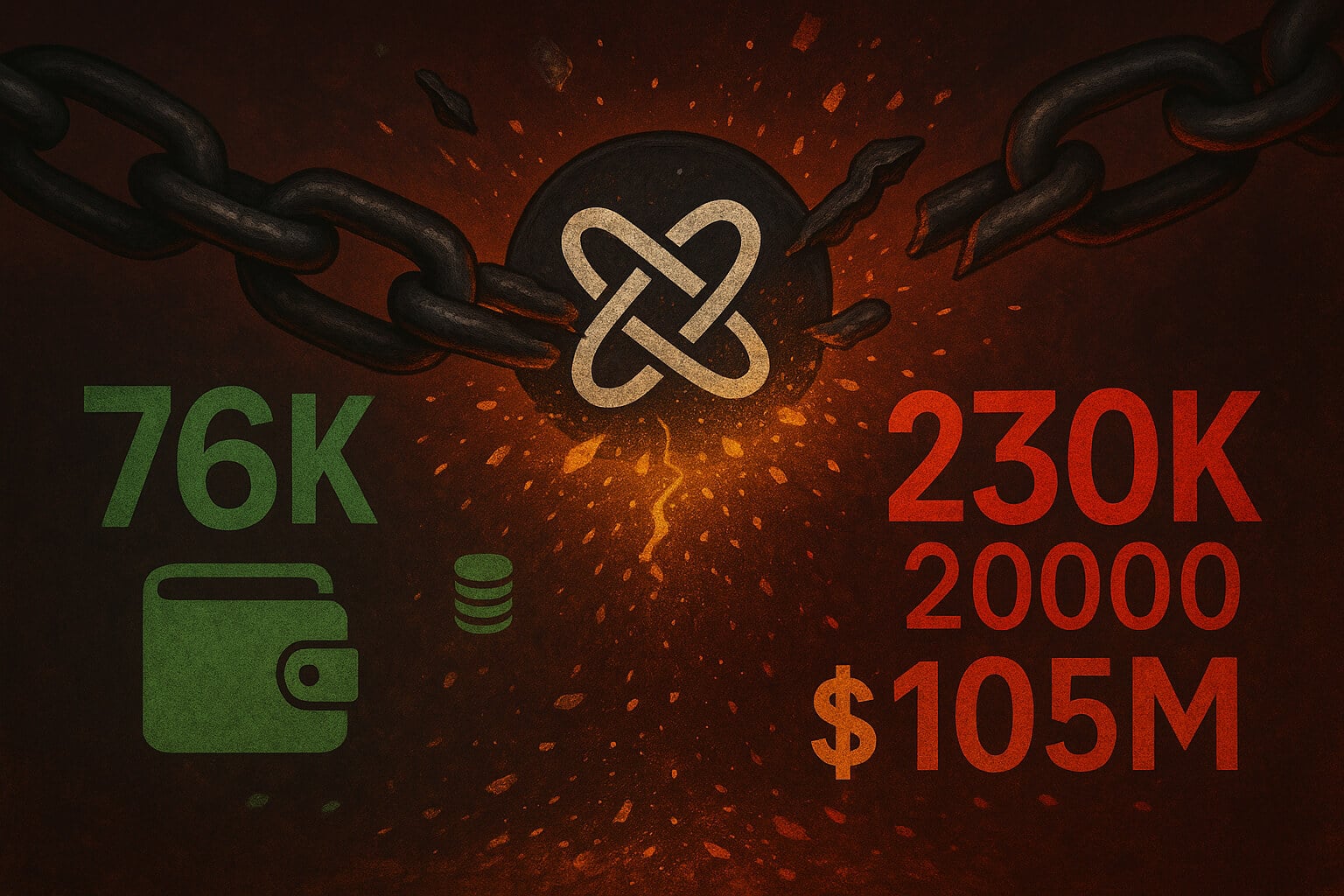Understanding Stablecoins: The Basics of Web3
Stablecoins are a crucial element of the Web3 ecosystem, providing stability in the often volatile world of cryptocurrency. This guide will walk you through the basics of stablecoins, their types, benefits, and how they play a vital role in the Web3 landscape.
Ready to dive into the world of stablecoins? Let’s get started!
What Are Stablecoins?
Stablecoins are a type of cryptocurrency designed to minimize price volatility. Unlike traditional cryptocurrencies like Bitcoin or Ethereum, whose values can fluctuate dramatically, stablecoins aim to maintain a stable value by being pegged to a reserve asset, such as fiat currency, commodities, or other cryptocurrencies.
How Do Stablecoins Work?

Stablecoins maintain their stability through various mechanisms:
- Fiat-Collateralized Stablecoins: These stablecoins are backed by a reserve of fiat currency (e.g., USD, EUR) held in a bank account. For every stablecoin issued, there is an equivalent amount of fiat currency in reserve.
- Crypto-Collateralized Stablecoins: These are backed by other cryptocurrencies. To account for the volatility of the backing assets, they are often over-collateralized.
- Algorithmic Stablecoins: These stablecoins are not backed by any assets. Instead, they use algorithms and smart contracts to control the supply and demand, maintaining a stable value.
- Commodity-Collateralized Stablecoins: These are backed by reserves of commodities like gold or oil.
Popular Stablecoins
- Tether (USDT): One of the most widely used fiat-collateralized stablecoins, pegged to the US dollar.
- USD Coin (USDC): Another popular fiat-collateralized stablecoin, also pegged to the US dollar.
- Dai (DAI): A crypto-collateralized stablecoin pegged to the US dollar, maintained by the MakerDAO system.
- Paxos Gold (PAXG): A commodity-collateralized stablecoin backed by gold reserves.
Benefits of Stablecoins
- Price Stability: Stablecoins offer a stable value, making them useful for transactions, savings, and as a hedge against volatility.
- Decentralization: Some stablecoins, especially crypto-collateralized ones, operate on decentralized platforms, ensuring transparency and reducing reliance on traditional financial systems.
- Accessibility: Stablecoins provide access to the stability of fiat currencies while retaining the benefits of cryptocurrencies, such as fast transactions and low fees.
- Use in DeFi: Stablecoins are extensively used in decentralized finance (DeFi) for lending, borrowing, and yield farming, providing a stable medium of exchange.
Use Cases of Stablecoins
- Trading: Traders use stablecoins to quickly move in and out of volatile positions without converting to fiat currencies.
- Payments: Stablecoins offer a reliable means of payment for goods and services, without the volatility of traditional cryptocurrencies.
- Remittances: They enable fast, low-cost cross-border transactions, providing a better alternative to traditional remittance services.
- Savings and Interest: Users can earn interest on their stablecoins through DeFi platforms, providing a stable and lucrative investment option.
Risks and Challenges of Stablecoins
- Centralization: Fiat-collateralized stablecoins often rely on centralized entities to hold reserves, which can introduce trust issues.
- Regulatory Risks: The regulatory landscape for stablecoins is still evolving, and future regulations could impact their usage and acceptance.
- Collateral Risks: For crypto-collateralized stablecoins, the value of the collateral can be volatile, posing a risk to the stability of the stablecoin.
Getting Started with Stablecoins
- Choose a Stablecoin: Select a stablecoin that suits your needs (e.g., USDT, USDC, DAI).
- Set Up a Wallet: Create a cryptocurrency wallet that supports stablecoins, such as MetaMask or Trust Wallet.
- Acquire Stablecoins: Purchase stablecoins on a cryptocurrency exchange like Coinbase, Binance, or Kraken.
- Utilize Stablecoins: Use stablecoins for trading, payments, or invest them in DeFi platforms to earn interest.
Wrapping Up: The Role of Stablecoins in Web3
Stablecoins are essential to the Web3 ecosystem, offering stability and utility in an otherwise volatile market. They bridge the gap between traditional finance and the decentralized world, making it easier for users to transact, save, and invest in the digital economy. As Web3 continues to evolve, stablecoins will undoubtedly play an increasingly significant role in its development.
FAQs about Stablecoins
- What is a stablecoin? A stablecoin is a type of cryptocurrency designed to maintain a stable value by being pegged to a reserve asset like fiat currency, commodities, or other cryptocurrencies.
- How do stablecoins maintain their value? Stablecoins maintain their value through various mechanisms such as being backed by reserves of fiat currency, other cryptocurrencies, commodities, or through algorithmic control of supply and demand.
- What are the benefits of stablecoins? Benefits of stablecoins include price stability, decentralization, accessibility, and extensive use in DeFi applications.
- What are common use cases for stablecoins? Common use cases include trading, payments, remittances, and earning interest through DeFi platforms.
- Are there risks associated with stablecoins? Yes, risks include centralization issues, regulatory risks, and collateral risks for crypto-collateralized stablecoins.
Interesting External Links:
By understanding and utilizing stablecoins, you can enjoy the benefits of stability in the dynamic world of cryptocurrency. Happy exploring!
















